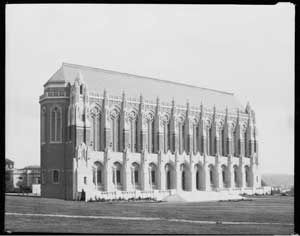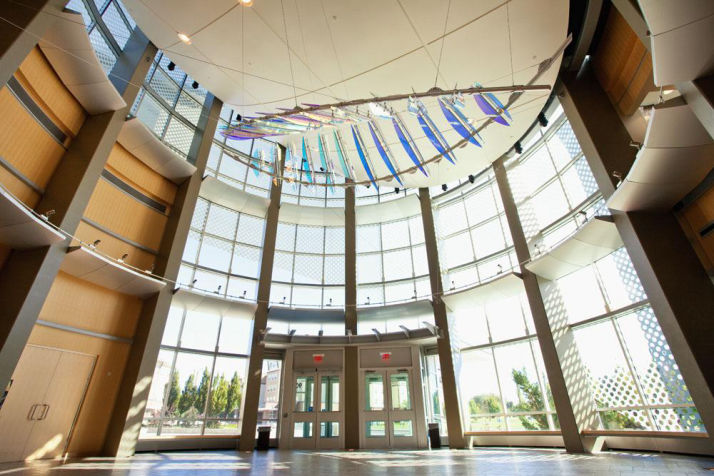The architecture and design of college and university campuses serves as a symbol "for the college, the town, and, in the case of public institutions, the state" (Gumprecht, 2007, p. 103). This symbolism is equally tied to what Bowen (1977) describes as the "contemporary ethos of higher education…[including] excellence in the arts and literature" (p. 267-269) as it is to "the university's branding strategy" (Kiefer, 2006, p. 17). Public art on campus contributes to "the look and feel of a campus" (Walljasper, 2008, para. 5) in both aspects: aesthetically enhancing the physical environment while simultaneously serving as a creative, historical, and artistic resource for students, faculty, and staff. These dual purposes are highlighted in a recent Texas Tribune article on the percent for art program at Texas Tech, the University of Houston and Texas State University. In the article, a contributing artist recognized the arts program for "ensur[ing] that we don’t have a postwar East German-type sterile, unappealing construction that people don’t want to be around,” while a campus arts administrator described the program as "providing a primary resource to our faculty and students about these major artistic trends in recent art history" (Hamilton, 2013). Public art is one way that institution's create unique meaning for their campus. Investments in campus art extend a history of strategic attention to campus design and landscape for the overlapping purposes of 1) cultivating an institution's reputation and legitimacy, 2) drawing in competitive pools of students and faculty, and 3) encouraging students "to develop a wider curiosity ... to continue to put ideas and experiences together in new ways" (Clark-Langager, 2002, p. 9).


